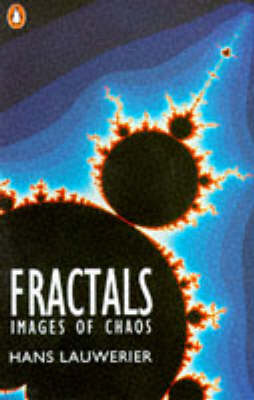Princeton Science Library
1 total work
Fractals are shapes in which an identical motif repeats itself on an ever diminishing scale. A coastline, for instance, is a fractal, with each bay or headland having its own smaller bays and headlands--as is a tree with a trunk that separates into two smaller side branches, which in their turn separate into side branches that are smaller still. No longer mathematical curiosities, fractals are now a vital subject of mathematical study, practical application, and popular interest. For readers interested in graphic design, computers, and science and mathematics in general, Hans Lauwerier provides an accessible introduction to fractals that makes only modest use of mathematical techniques. Lauwerier calls this volume a "book to work with." Readers with access to microcomputers can design new figures, as well as re-create famous examples. They can start with the final chapter, try out one of the programs described there (preferably in a compiled version such as TURBO BASIC), and consult the earlier chapters for whatever is needed to understand the fractals produced in this way.
The first chapter, which builds on the relationship of binary number systems to the "tree fractal" described above, is the best place to start if one has no computer. There will be much to enjoy on the way, including the beautiful color illustrations.
The first chapter, which builds on the relationship of binary number systems to the "tree fractal" described above, is the best place to start if one has no computer. There will be much to enjoy on the way, including the beautiful color illustrations.
